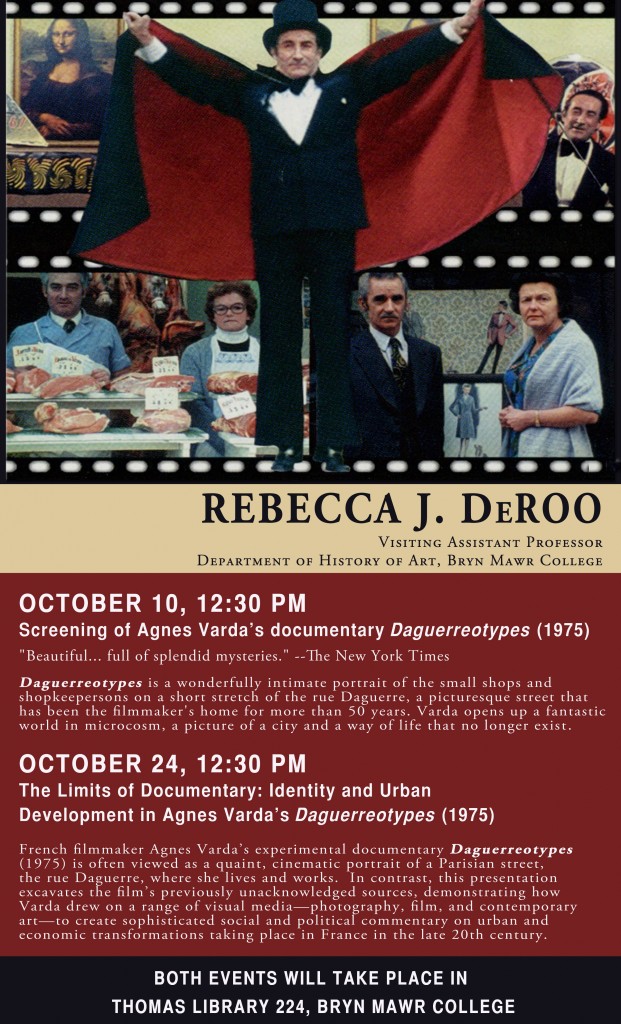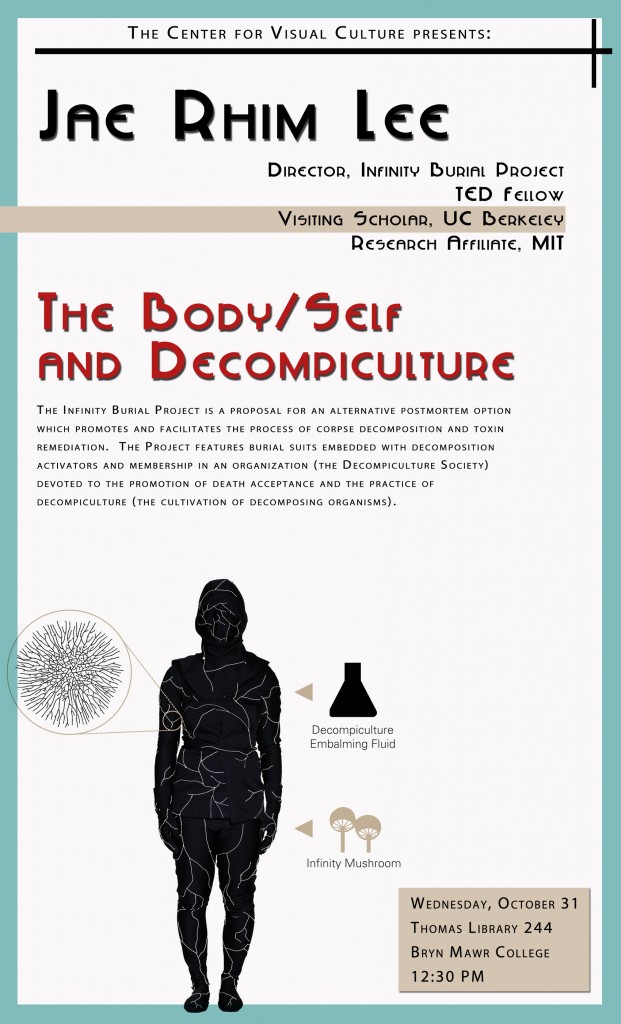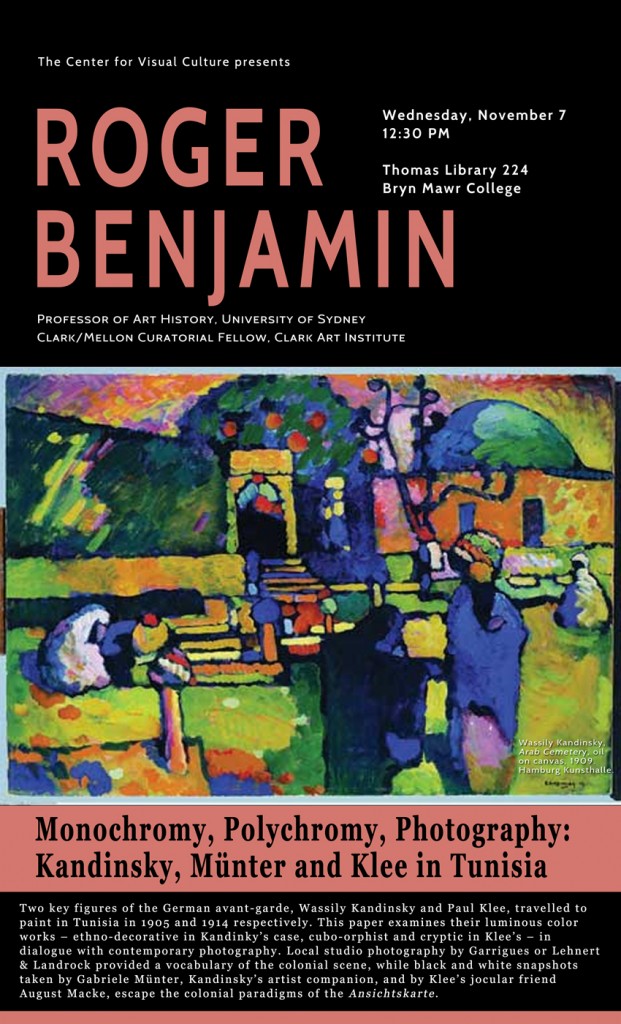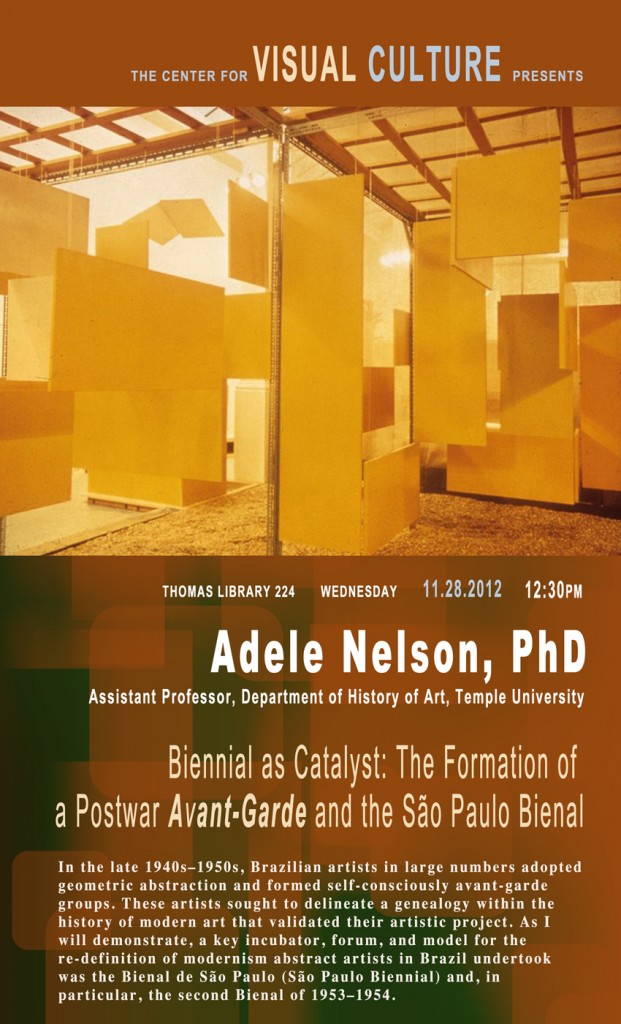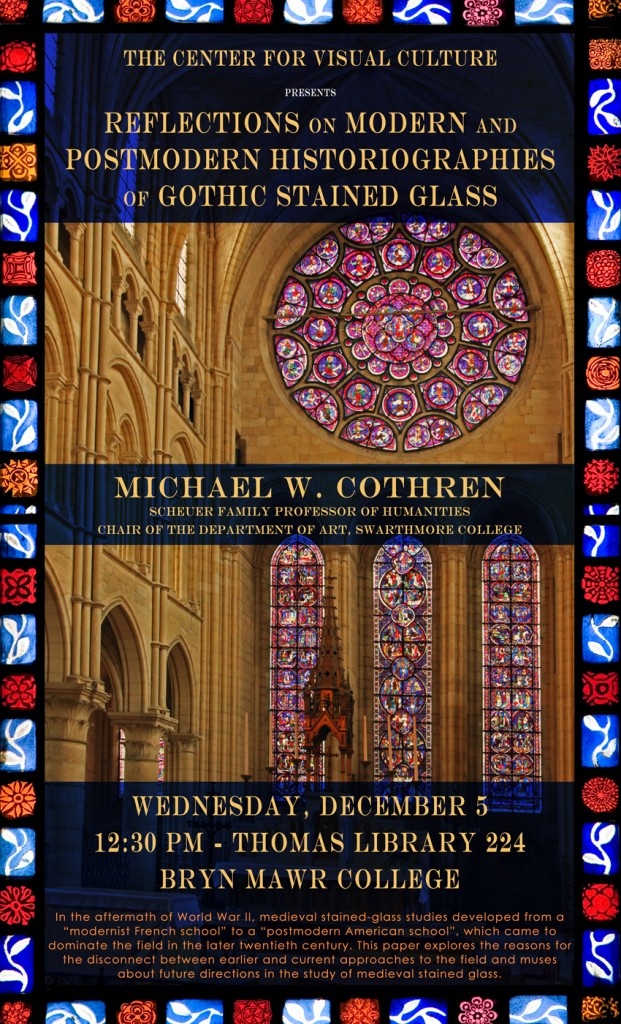Sal Rudolph-Artist Talk Plus VERSUS-A Conversation on Competition
Two events at Haverford, in conjunction with the exhibition And the Winner Is… at Cantor Fitzgerald Gallery:
Monday, 4/2, 4:30pm, Stokes 102: artist talk by Sal Randolph. Sal Randolph lives in New York and makes art involving gift economies, social interactions, public spaces, and publishing, including Opsound, (a commons for the exchange of copyleft music), the Free Biennial and Free Manifesta (a pair of open guerrilla “biennials”), Free Words (a book infiltrated into bookstores and libraries), and Money Actions (an ongoing series of interventions in which she gives away money to strangers). Her work has been on view recently at the Ljubljana Biennial in Slovenia, CS13 in Cincinnati, and is coming soon to Proteus Gowanus in Brooklyn where she’ll be an artist in residence this winter, offering free tickets to unknown destinations. Other projects have taken place at Manifesta 4, the Live Biennale, Röda Sten, the Palais de Tokyo, Bürofriedrich, Art Interactive and Pace Digital Gallery. She is currently investigating games, recipes, algorithms, codes, and texts, playing video games, and writing about about experience, participation, and value in art. See http://salrandolph.com/ On the afternoon of 4/3 she will create a “combat log” in the gallery; and at 11am on 4/4 she, D. Graham Burnett, and students will devote extremely close attention to an artwork, secretly chosen and unveiled on the spot, in Magill Library. For details about these events see http://andthewinneris.haverford.edu/schedule/
Thursday, 4/5, 7:30pm, Cantor Fitzgerald Gallery: Versus: an interdisciplinary conversation about competition featuring Tom Donnelly (Haverford College Cross Country Coach), Indradeep Ghosh (Haverford College Economics Department), Tim Harte (Bryn Mawr College Russian Department), Rachel Hoang (Haverford College Biology Department), Jesse Shipley (Haverford College Anthropology Department), and Wendy Sternberg (Haverford College Psychology Department). Preceded at 6pm by a Black Tie Tailgate hosted by artist Jong Kyu. See http://jongkyu.com/ For detail about Versus, see http://www.haverford.edu/calendar/details/194701
John Muse & Matthew Callinan, Exhibition Curators
And the Winner Is…
Sponsored by the John B. Hurford ‘60 Center for the Arts and Humanities
Cantor Fitzgerald Gallery
Haverford College
370 Lancaster Avenue
Haverford, PA 19041
(610) 896-1287
haverford.edu/andthewinneris
haverford.edu/exhibits
facebook.com/HCexhibits

